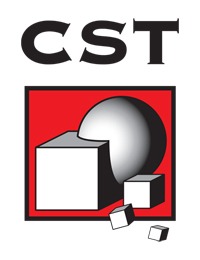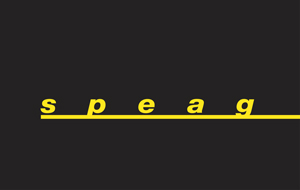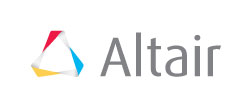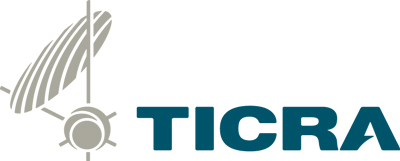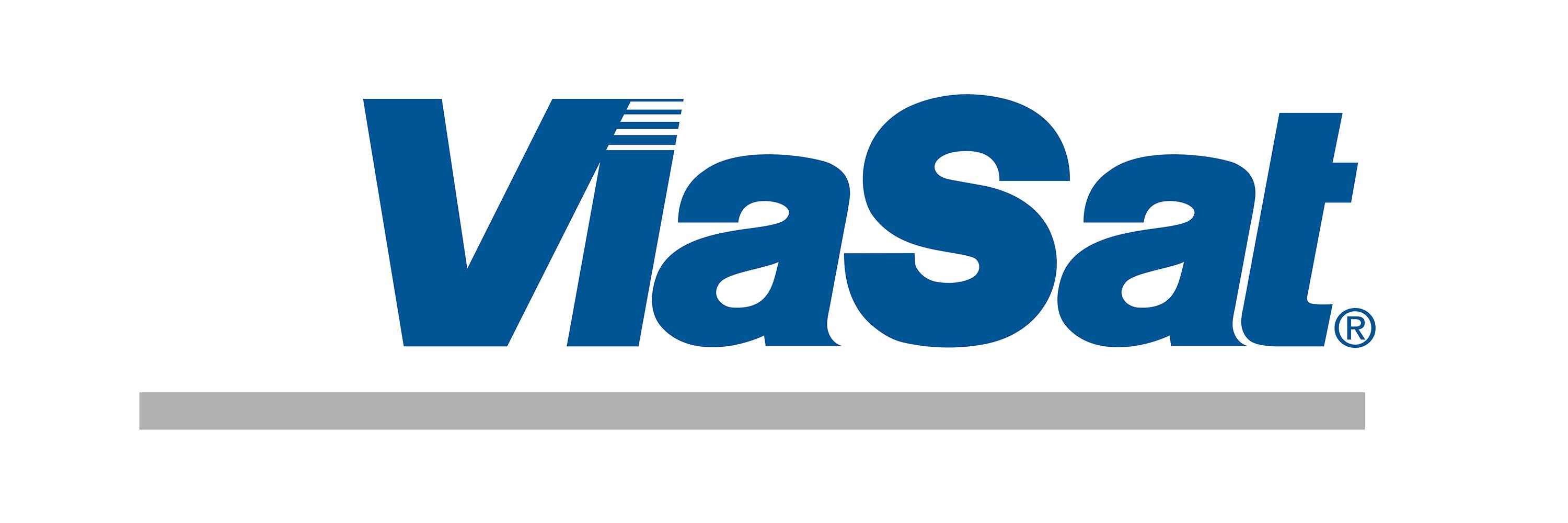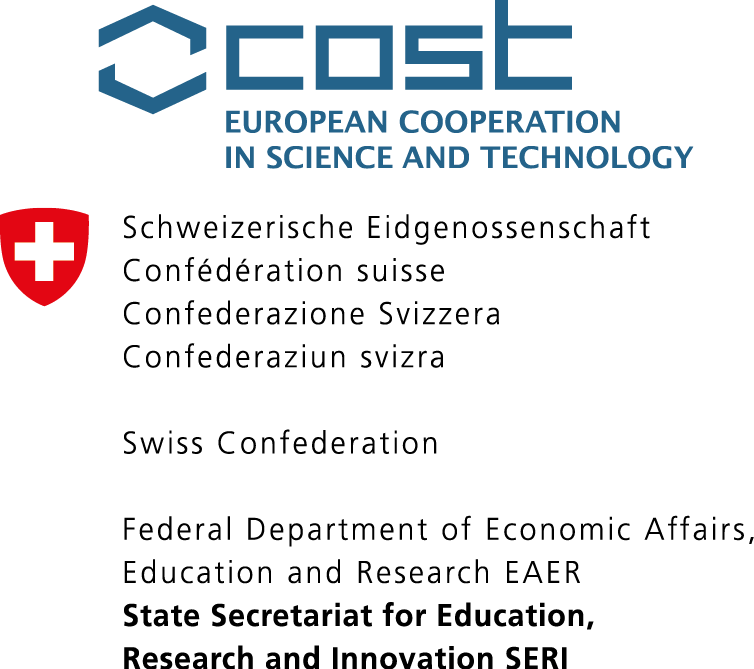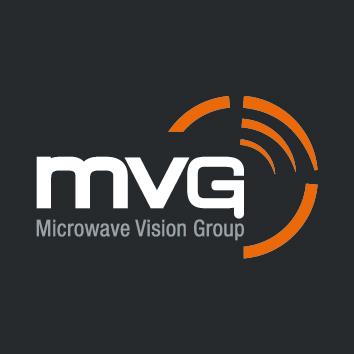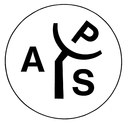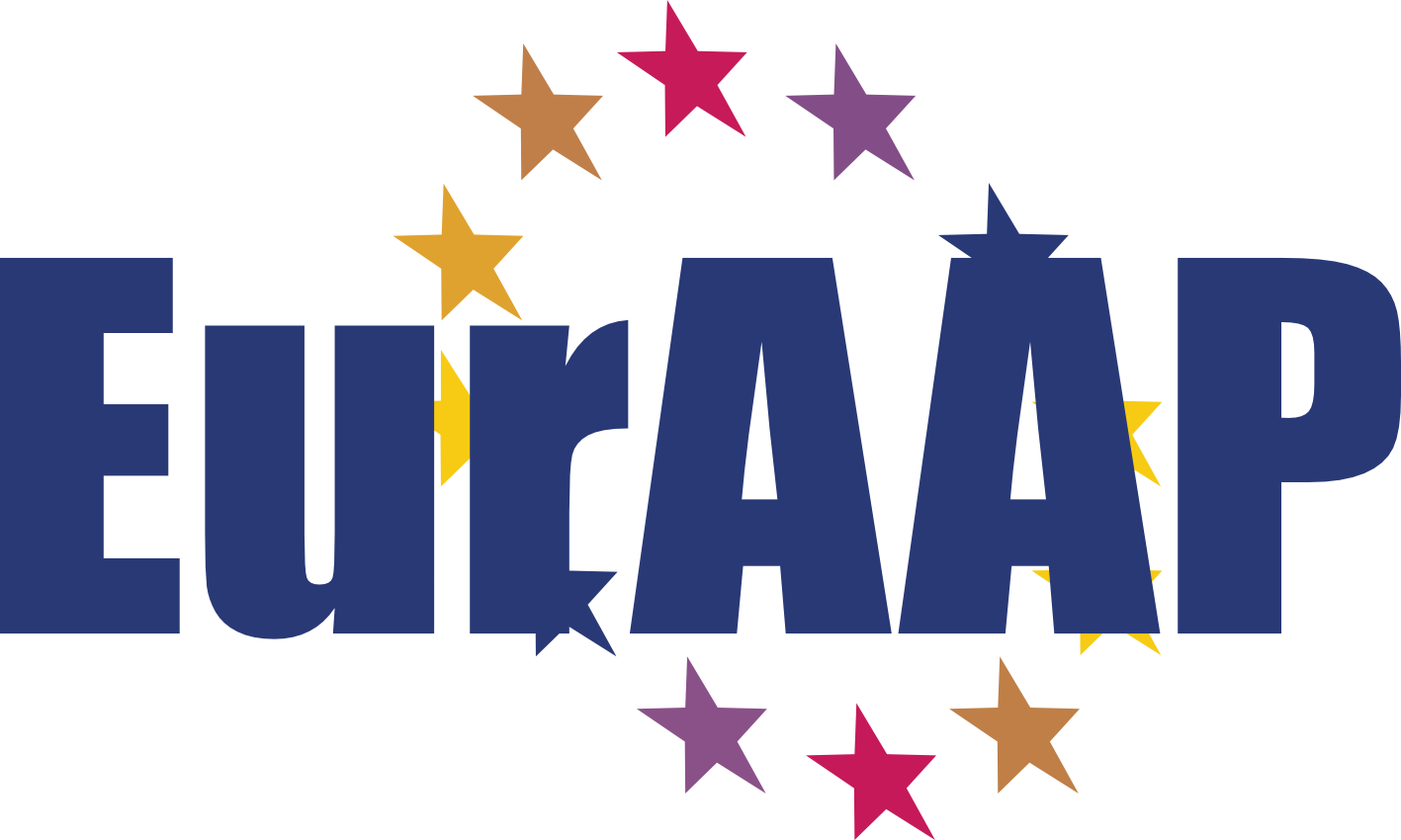SC04: Powering RFIDs and Wireless Sensors Using Wireless Power Transfer
John N. Sahalos

University of Nicosia, Cyprus
John N. Sahalos received the B.Sc. and Ph.D. degrees in physics, the Diploma (BCE/MCE) in civil engineering, and the Diploma of Postgraduate Studies in radio-electrology from the Aristotle University of Thessaloniki (AUTH), Thessaloniki, Greece, in 1967, 1974, 1975, and 1975, respectively. In 1976, he was a Postdoctoral University Fellow at the ElectroScience Laboratory, The Ohio State University, Columbus. From 1977 to 1986, he was a Professor with the Electrical Engineering Department, University of Thrace, Greece, and Director of the Microwaves Laboratory. From 1986 to 2010, he was a Professor with the School of Science, AUTH, where he was the Director of the postgraduate studies in electronic physics and the Director of the Radio-Communications Laboratory (RCL). He is now Professor with the Electrical and Computer Engineering Department,University of Nicosia, Cyprus, and Director of the Radio and Telecommunications Laboratory (RTeLab). He was a Visiting Professor with the Department of Electrical and Computer Engineering, University of Colorado, USA (1981–82) and with the Technical University of Madrid, Spain (1989–90). From 1998 to 2011, he was the President of the Greek committees of URSI. He was the President of the section of Informatics, Telecommunications, and Systems of the National Committee of Research and Technology. He was the Vice-Chairman of the Research Committee of AUTH for the period of 2007–2010. Since 2010, he has been the Executive Manager of the University of Nicosia Research Foundation (UNRF) and a member of the consulting committee of the GRNET S.A. In 2002–2004, he served on the Board of Directors of the OTE, the largest Telecommunications Company in Southeast Europe. He is the creator and leader of an EMC network (three academic and two industry laboratories). With his colleagues, he designed several innovative products like the Electric Impedance Tomography (EIT), the Microwave Landing System (MLS), the ORAMA simulator and the SMS-K monitoring system. He has supervised 31 Ph.D. dissertations and more than 100 postgraduate diploma theses. He is the author of three books in Greek, 9 book chapters, and more than 410 articles. He also is the author of the book The Orthogonal Methods of Array Synthesis-Theory and the ORAMA Computer Tool (Wiley, 2006). He has been on the editorial board of three scientific journals. He is a member of EuRAAP as a delegate of Cyprus, Greece, Israel and Turkey. Professor Sahalos is also a Life Fellow of IEEE.
Christos Kalialakis
Centre Tecnologic de Telecomunicacions de Catalunya (CTTC), Spain
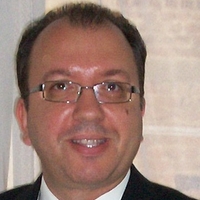
Christos Kalialakis (Wattrelos, France, 1971) was awarded the Ph.D. Degree in Electronic and Electrical Engineering from the University of Birmingham, UK in 1999. He received the B.Sc. in Physics and the Master in Telecommunications in 1993 and 1995 both from the Aristotle University of Thessaloniki (A.U.Th), Greece. He joined CTTC, Spain in 2015 as a Senior Researcher. He has industry experience as an antenna designer and RF Hardware Engineer. From the end of 2002, he was employed at the National Regulatory Authority of Greece for ICT as an Expert on Wireless Communications and since December 2003 as the Deputy Head for the Thessaloniki regional office. Dr Kalialakis has been a national delegate in conferences and project teams of international regulatory organizations (ITU,CEPT/ECC) on spectrum management. He has taught at the Radiocommunications Laboratory, AUTh (2005-2015) and at TEI of Central Macedonia, Dept. of Informatics and Communications (2013-2015). He has served as a member of the Technical Programme Committee of 9 international conferences and is currently on the editorial board of the journal Wireless Power Transfer by Cambridge University Press. He has also been serving as a regular reviewer for 22 journals (including 10 IEEE/IET journals) for over 15 years. He is an IEEE Senior Member since 2009.
Abstract
RF identification of tagged items provides an exciting area of enhancing the communication interface between items of the physical world and their digital representation. New applications with significant social and financial impact appear nowadays. RFID technology provides a foundation, an enabling technology towards the realization of ‘zero-power’ wireless sensors and implementing the Internet-of-Things (IoT) and machine-to-machine (M2M) communication.
Interest in RFID technology is further enhanced by its fundamental capability for wireless powering of devices, allowing for battery-less operation. Wireless energy harvesting has emerged as a viable solution for providing the required power. The short course intends to cover background recent developments in these fields including regulations and standards.
Course outline
The short course is composed of 4 talks covering different aspects.
- RFIDs and Sensors: Means of Changing the Traditional Way of Life
In this talk the wireless technology for the daily life convenience by using Sensors and RFIDs will be discussed. The critical RFID system parameters and the infrastructure for current (or future) RFID/backscatter radio research and development for a multi-billion dollar-valued industry worldwide will be explained. Our recent design and implementation of RFID systems will be presented. Also, certain applications and experiments will be shown. Finally, ideas on future research will be discussed.
- Analysis, Design and Fabrication of RFID Systems
In this talk, the analysis, design and fabrication procedures with examples of RFID Antennas will be presented. It will be explained how the antennas used for RFIDs are affected by the intended application and the frequency of operation. The fabrication and measurements of the structural mode of tag antennas will be shown. Next, certain coverage solutions and/or range of typical RFID systems will be mentioned. The coverage by introducing tags’ polarization-diversity or/and tags’ space-diversity will be analyzed. Also, basic rules on proper reader-antenna design/placement will be explained. Applications in Healthcare and in Libraries based on EU projects will follow. Future research efforts and design ideas will conclude the presentation.
- Wireless power transfer and energy harvesting for RFID and wireless sensors
The presentation begins with an overview, challenges and outlook of energy harvesting technologies for low power and low profile system requirements in emerging applications such as health and smart homes, environmental monitoring. Design challenges and novel technologies and materials, such as paper, textiles, and inkjet printing are presented. Special focus is placed on challenges associated with electromagnetic energy transfer and harvesting and integration of different energy harvesting modules for increased power autonomy and range maximization of passive RFID systems and wireless sensors. Rectenna design and optimization under different operating conditions and in different operating frequencies from HF to millimeter waves is addressed. Multiple technology harvesters leading to the development of energy harvesting assisted RFIDs are discussed. Low profile and conformal solar antennas and solar–electromagnetic harvesters including examples implemented on paper and textile substrates are presented. The integration of an antenna with a thermo-electric generator is demonstrated. Finally, waveform optimization in wireless power transfer is addressed, and the ability to improve the RF-DC power conversion efficiency of harvesting devices by tailoring the characteristics of the transmitted signals is discussed.
- Regulations and Standards for wireless power transfer
A survey of the regulatory framework pertinent to Wireless Power Transfer systems is given. Both technical (power and frequency) considerations along with health safety radiation compliance are examined. A primer on regulatory processes is also included to facilitate the understanding of the developments. The current state is analysed and ongoing regulatory activities across the globe are discussed. Specific developments for RFIDs and wireless sensors are discussed Furthermore, a review of recent radiation safety studies of WPT systems is included.
